Bubble trouble: how Covid and heating costs are killing bathhouses in Japan and Korea
These traditional establishments were already in decline before being hit by recent events, find Julia Mio Inuma and Min Joo Kim. They speak to owners trying to keep a centuries-old practice alive
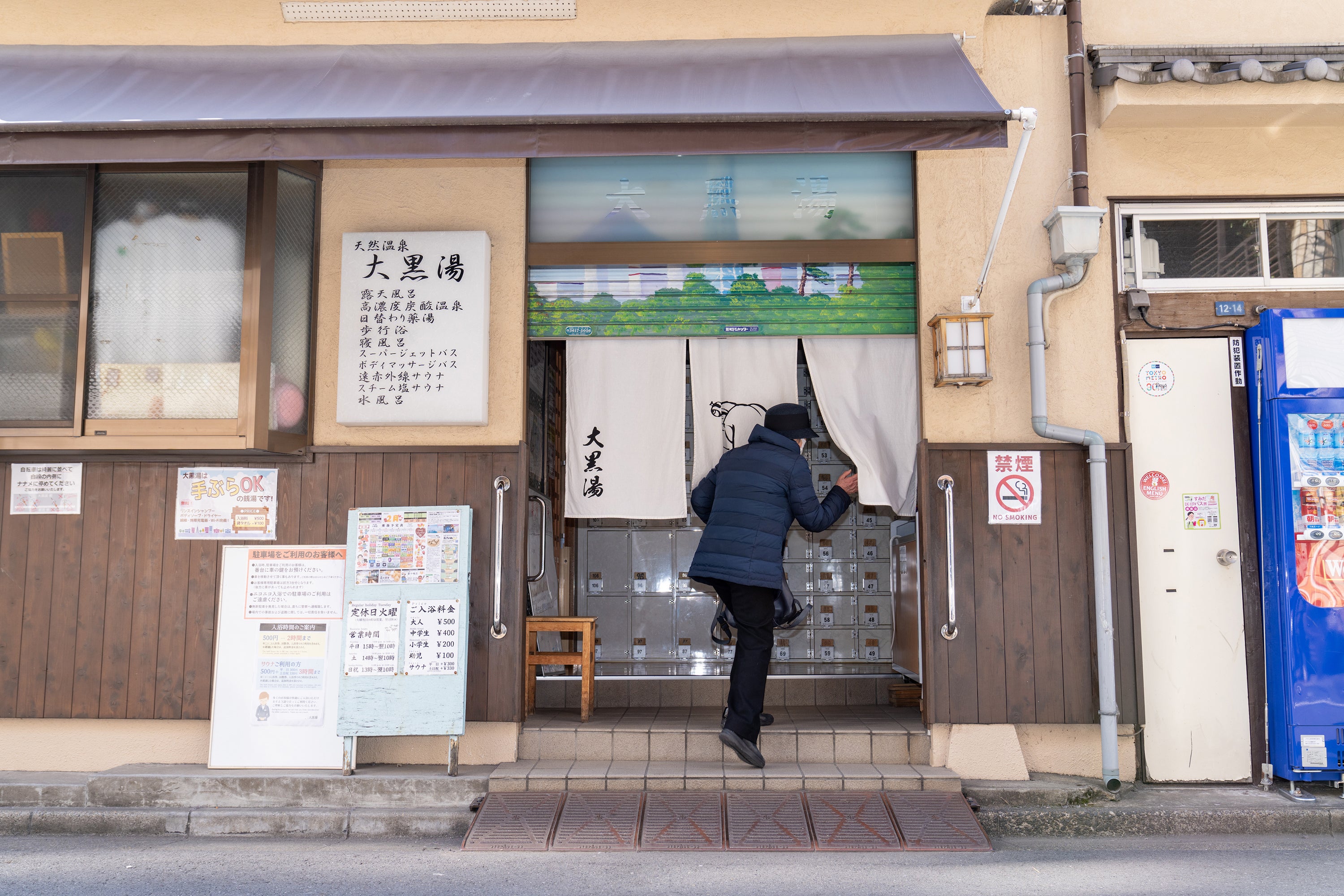
For almost 75 years, Tokyo’s Daikokuyu has been a community establishment where locals strip off, wash away the dirt and grime of everyday life, and then have a long soak together in big overflowing tubs. Generations of Japanese people frequented their neighborhood bathhouses, sweating shoulder to shoulder in spirit of a tradition called hadaka no tsukiai, or “naked communion”.
After it colonised Korea at the beginning of the 20th century, Japan revived historical bathhouse culture on the peninsula, where the winter climate is much harsher.
The cleansing, warming communion quickly became a part of post-colonial Korean life too.
Now, having endured the arrival of modern plumbing, which enabled many people to have baths at home, bathhouses face a new, double existential crisis: many bathhouses struggled or closed during the Covid pandemic only then to be hit with huge heating bills, thanks to the Russian invasion of Ukraine.
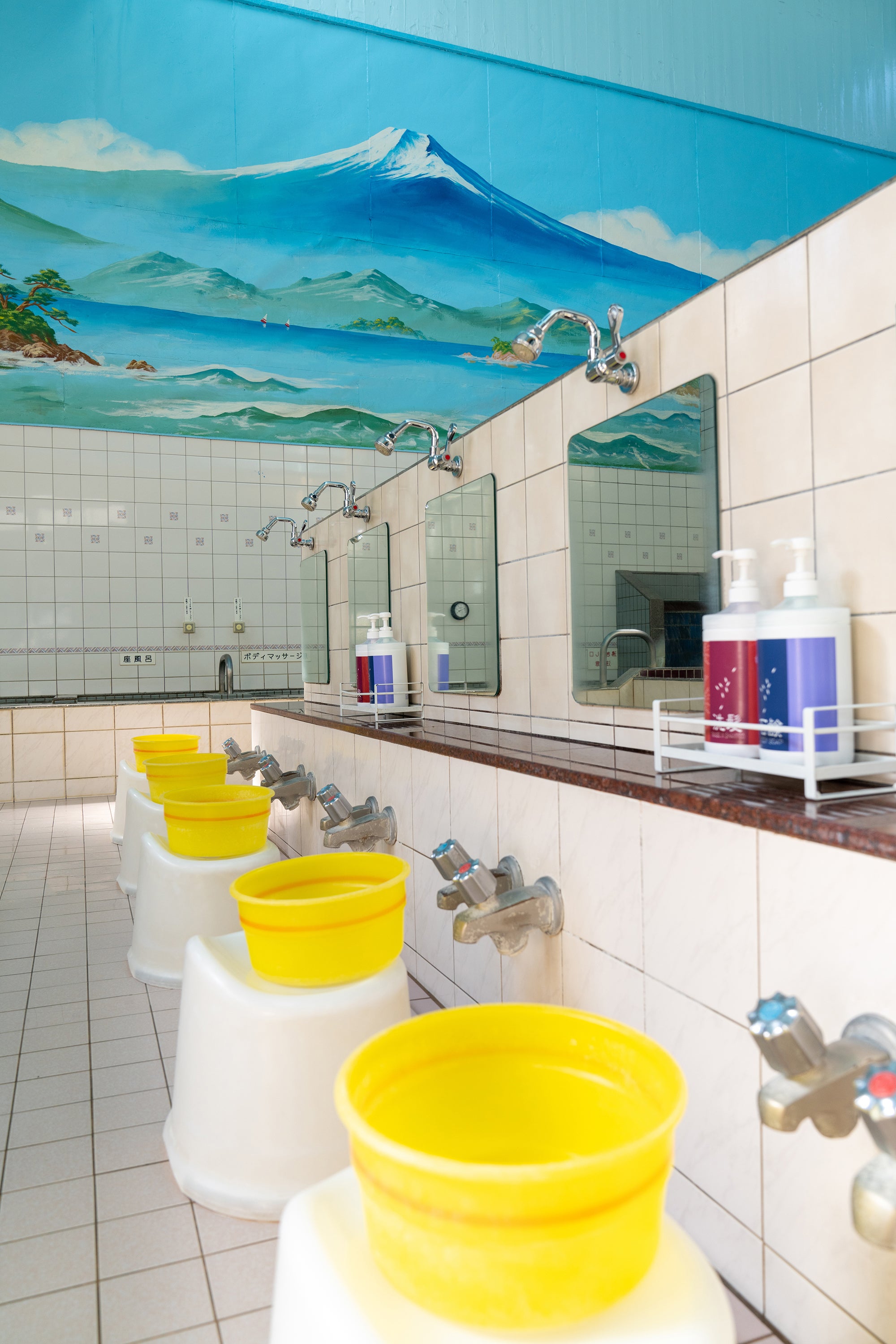
“The past few months have really been unbelievable,” says Daikokuyu’s third-generation owner Takuya Shinbo.
With record low temperatures hitting Tokyo this past winter, he had to shoulder more than double last year’s cost to keep the water warm through cold nights. Daikokuyu’s monthly gas bill has more than doubled – from just over $5,000 (£4,145) in January last year to more than $12,000 in January this year.
At the Seyoung bathhouse in southeastern Seoul, which Lee Young-ho has run for 24 years, the heating bill rose 60 percent from a year ago to almost $4,000 in January. That bill was close to a “death blow”, Lee says.
Here we soak in this big pool of hot water, then rinse with icy water to cool down, and scrub each other’s backs for a deep cleanse. Repeat this and you find yourself rejuvenated
Compared to hard-hit European countries, Japan and Korea have seen relatively small hikes in energy prices resulting from the war in Ukraine, but the increased bills remain a daunting obstacle for already struggling bathhouse businesses in both countries.
Public baths – or sento – constitute the backbone of centuries-long bathing traditions that the Japanese take pride in. While onsen natural hot springs are popular holiday destinations, sento are neighbourhood joints that historically catered to people without baths in their homes. The number of sento in Japan has fallen over the decades to 1,865, from a peak of 17,999 in 1968.
Bathhouse chimneys that used to stand tall over Japanese towns have disappeared, as new homes came equipped with their own baths. Most young people have not formed the habit of going to sento as the older generation did. These ongoing cultural changes, combined with the pandemic and the energy crisis, raise fears that sento could one day fade into the mists of time.
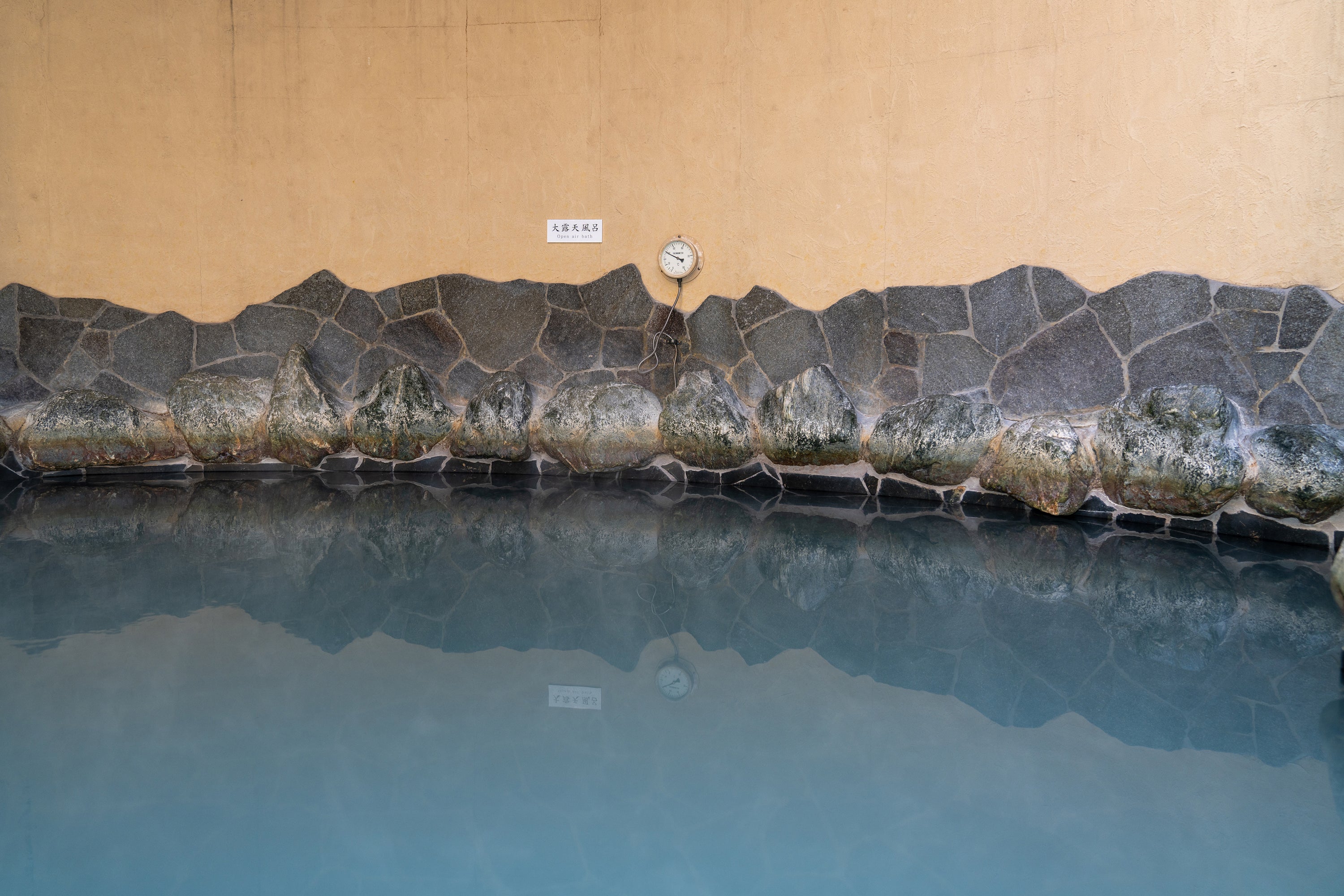
In South Korea, bathhouses range from neighbourhood tubs similar to sento to elaborate, multistory saunas that offer baths, heated rooms, restaurants and even computer and game facilities.
The number of simple bathhouses like Lee’s hit 4,350 this year – half that of their peak – and many of them are barely making ends meet.
The initial blow, Lee says, was coronavirus stirring fears of “mass infection” at communal spaces like his bathhouse. Bathers showed up less and less as they were asked to be masked and refrain from talking to each other – both unusual concepts in a place where nudity and chitchat are intrinsic parts of the ritual.
Such restrictions were a big downer for longtime regulars like Yoon Gwang-sook, for whom socialising with neighbours at Seyoung has been a joy in her daily life. But that did not stop her from what had already become an essential routine.
“It gives me a deep refreshment that I do not feel from showering at home,” she says. “Here we soak in this big pool of hot water, then rinse with icy water to cool down, and scrub each other’s backs for a deep cleanse. Repeat this and you find yourself rejuvenated,” says the 81-year-old, who has been frequenting Seyoung for two decades.
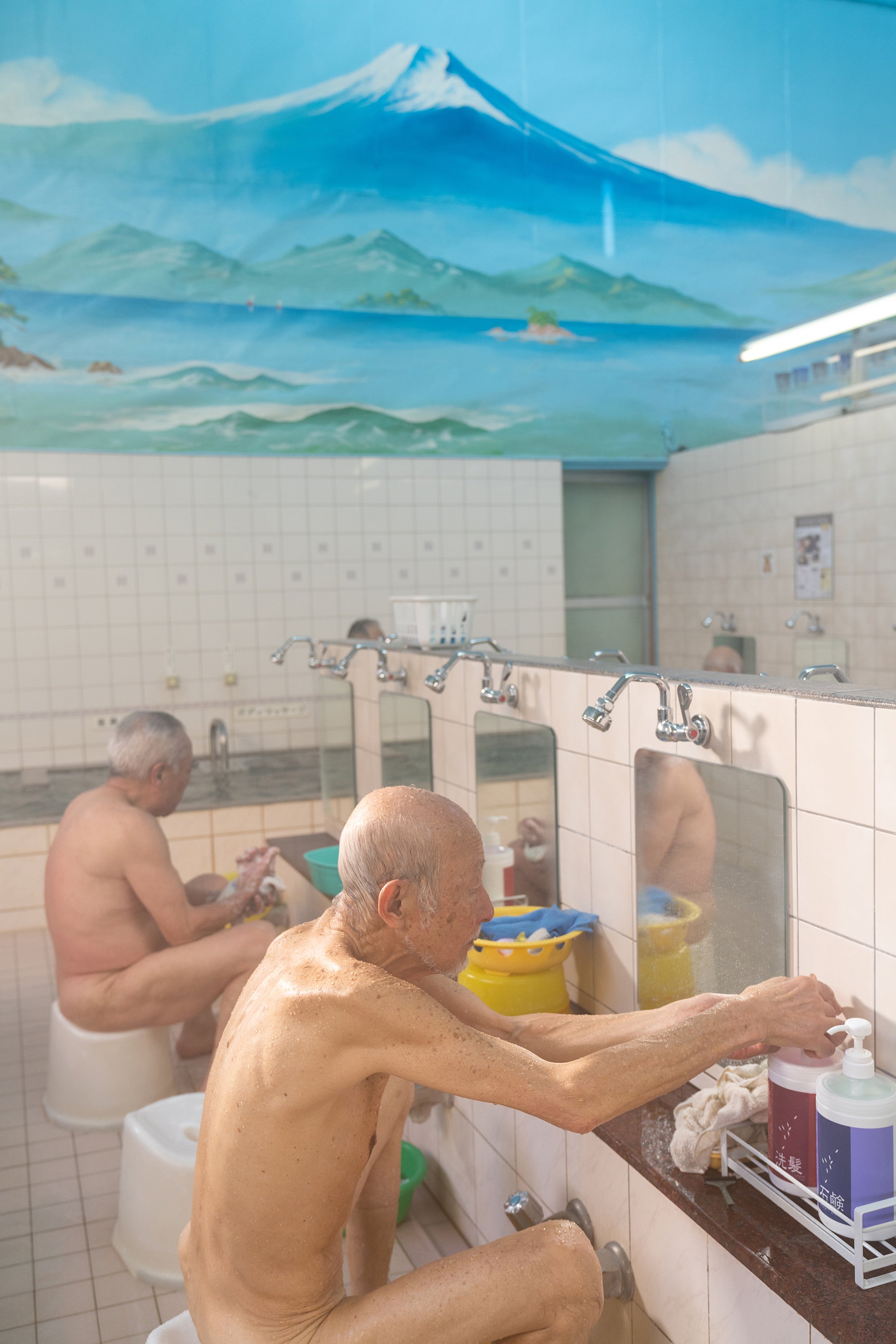
While loyal customers like Yoon kept coming, many others turned away from communal bathing during the pandemic. Out of an abundance of caution, Lee continues to keep a “no talking” sign above communal tubs even after national social distancing mandate ended last year.
Even now, client numbers hover around 40 daily, far below pre-pandemic levels of 180.
But bathhouse owners are limited in what they can do to mitigate the high price of heating.
In Tokyo, individual operators do not have the option of raising the bath fee, which is set by the prefectural government at $3.70.
Given the role his business plays in the community, Shinbo ruled out cutting down opening hours. He keeps the bath open all night long at the request of his regulars, many of whom are night-shift workers seeking much-needed rest.
The pandemic after-effects and the energy crisis do pose immediate hardships, but what we are really worried about is the long-term decline and, in turn, extinction
Shinbo began turning off the power as soon as the business closed at 10am, and slightly lowering the temperature in the changing area. “We are really at a loss as to what more we can do,” he says.
In Seoul, Lee is in a similar predicament.
“Our communal tubs, no matter how empty, have to maintain their temperature above 40C as long as we stay open,” says Lee.
Even after marking up the bath fee to $7.60 last year, he is now “bleeding money” to warm up the pools amid below-freezing temperatures this winter, as customers remain scarce.
Seyoung’s shrinking clientele also leaves idle its strong-handed scrubbers, who vigorously scour the bodies of clients seeking intense exfoliation, a bathing ritual many Koreans love.
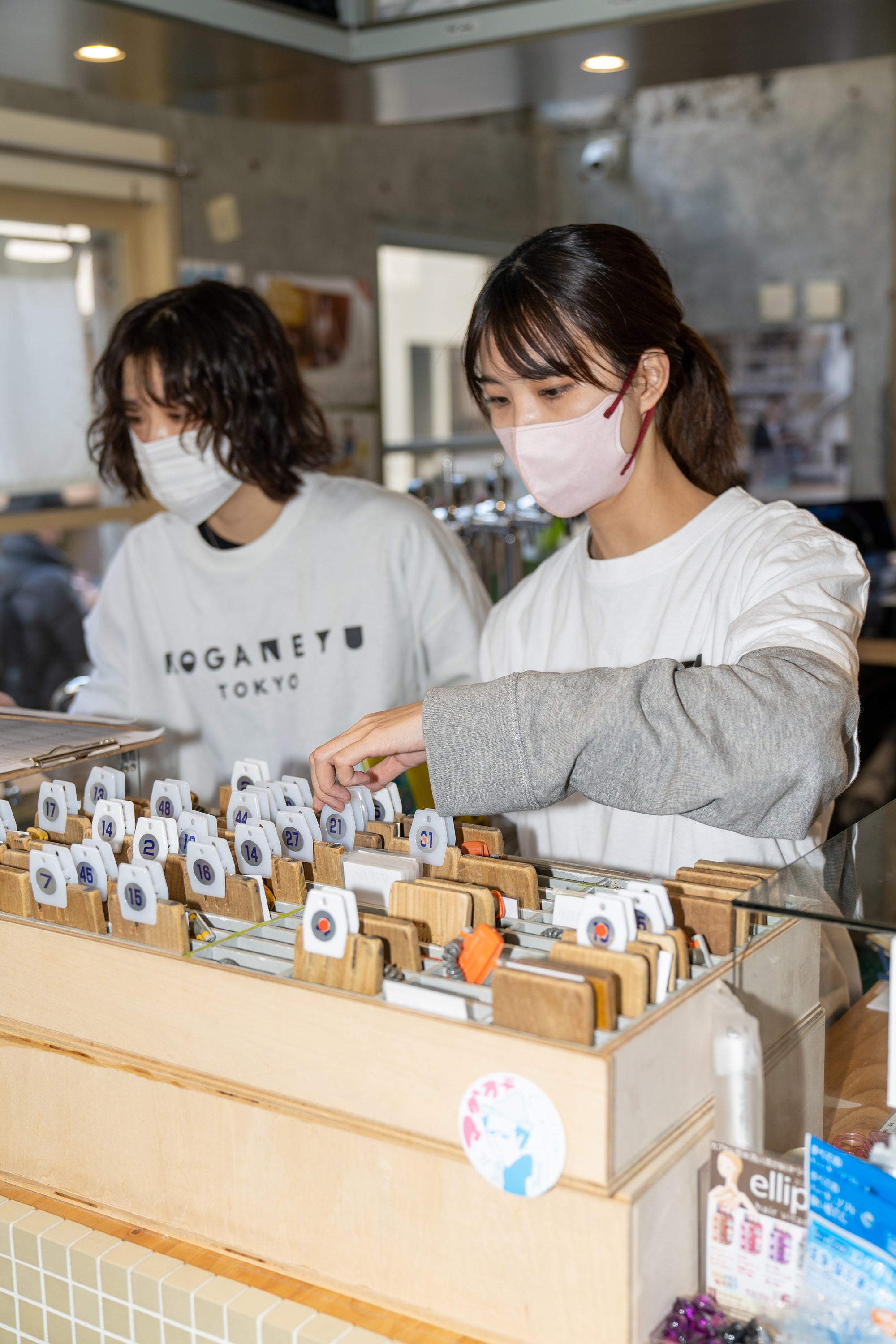
“The pandemic after-effects and the energy crisis do pose immediate hardships, but what we are really worried about is the long-term decline and, in turn, extinction,” says Kim Soo-cheol, a representative of the Korea Public Bath Industry Association, an umbrella group for bathhouse operators.
To the organisation’s dismay, many young people who did not grow up going to public baths tend to dismiss them as a dingy retreat for the elderly, he says.
The group is working with members to launch an annual “free bath day for children” to attract young customers into spa routines that older folks have been enjoying for decades. While some operators welcomed the proposal, others pushed back, saying it only adds to their growing deficit.
Attracting younger customers has also been on the mind of Shinbo, the operator of Daikokuyu bathhouse in Tokyo. When the 86-year-old Koganeyu bathhouse in his neighborhood was going out of business, Shinbo acquired and renovated the space to “test out a new sento business model”.
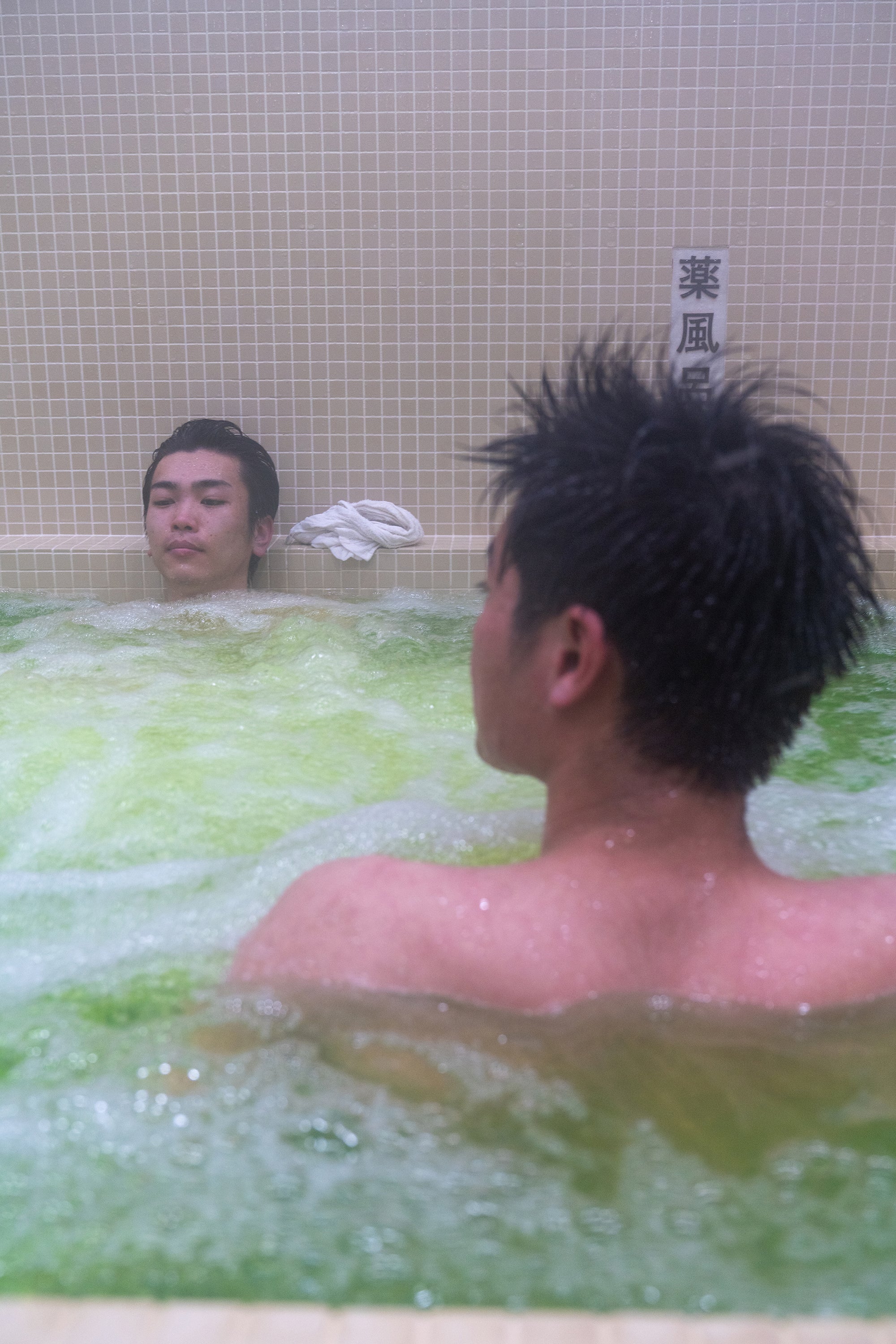
Koganeyu, which reopened in 2020 after a facelift, features craft beer on tap and a DJ booth playing vinyl records. The music at the bathhouse struck a chord with not only nostalgic oldies but also young music lovers.
After sharing a hot bath, customers young and old came together, sipping cold beer and chatting about music. “Sento were spaces of communication back in the day, so it was so nice to see people of different generations come together like this,” says Shinbo’s wife Tomoko, who runs Koganeyu.
While individualism has been on the rise in Japan, communal baths remain a rare place where “people from all walks of life share a bath and take in the sense of community,” she says. “I think for many people, especially people living alone, sento give people a sense of reassurance.”
Kim reported from Seoul
© The Washington Post






Join our commenting forum
Join thought-provoking conversations, follow other Independent readers and see their replies
Comments